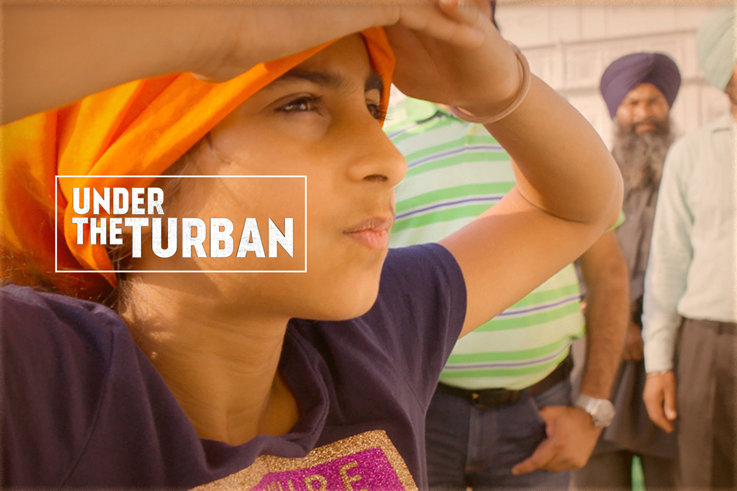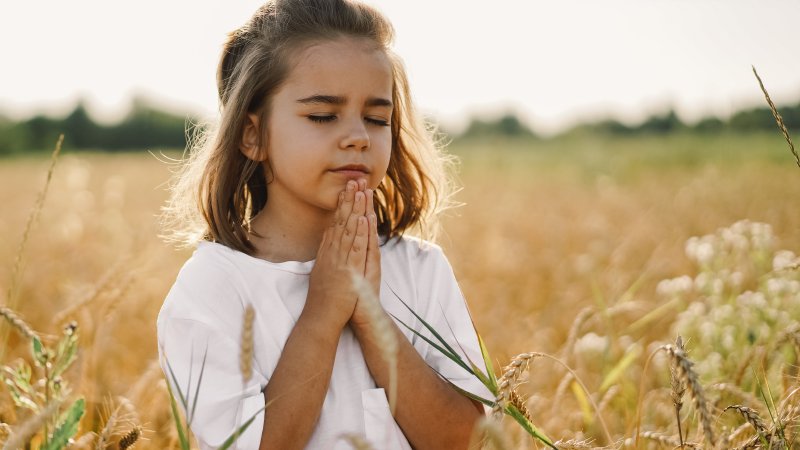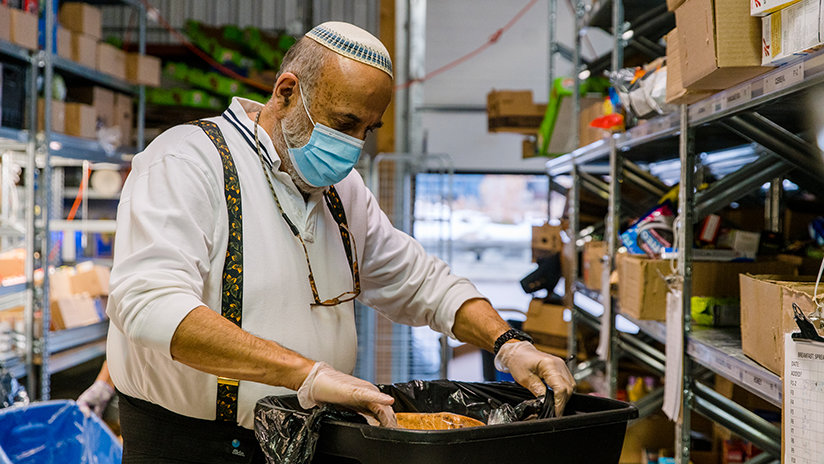
-
HOME
-
WHAT IS STANDOur Mission Our Values Our Help Contact
-
WHAT WE FIGHT FORReligious Freedom Religious Literacy Equality & Human Rights Inclusion & Respect Free Speech Responsible Journalism Corporate Accountability
-
RESOURCESExpert Studies Landmark Decisions White Papers FAQs David Miscavige Religious Freedom Resource Center Freedom of Religion & Human Rights Topic Index Priest-Penitent Privilege Islamophobia
-
HATE MONITORBiased Media Propagandists Hatemongers False Experts Hate Monitor Blog
-
NEWSROOMNews Media Watch Videos Blog
-
TAKE ACTIONCombat Hate & Discrimination Champion Freedom of Religion Demand Accountability
“Under the Turban” Documentary Deepens Our Understanding of Sikhs and Their Faith
Questions—kids have tons of them. “Why is the sky blue?” “Where do rainbows come from?” “If I dig deep enough, will I fall through the world?” And we, as good parents, do our best to offer answers.

So when Satinder Garcha’s nine-year-old daughter Zara asked him, “Papa, what does it mean to be a Sikh?” he did the logical thing: He made a movie. With family in tow, Garcha and film crew—along with co-directors Mike Rogers and Meghan Shea—embarked on a global quest to answer Zara’s question.
The result is Under the Turban, which chronicles the Garcha family’s search for a better understanding of their religion in a film now airing on Scientology Network’s Documentary Showcase. We travel with the Garchas as they visit Sikh communities in far-flung locales—in Italy, India, the UK and Canada—along the way, learning with them the history, beliefs and practices of the world’s fifth largest—and possibly least known—major religion.
Acceptance of all faiths and all castes was a radical concept 600 years ago, but it is at the core of the Sikh religion.
To much of the world, the most identifiable part of a Sikh is his turban, hence the film’s title. Garcha, accordingly, begins his film with cuts of non-Sikhs on the street being shown a photo of turbaned Sikhs. “What kind of religion do you think these guys are?” the bystander is asked.
The answers range from “Muslim” to “Pakistani” to “Arabic.” One Sikh, on being told the survey’s results, shrugs and relates how one small child once shouted at him, “Bin Laden! Bin Laden!” To which the Sikh replied, “Don’t tell the police because I’m on a holiday.”
Another Sikh recalls being asked, “What do you guys really look like when you don’t have your turban on?”
“I think we look like Jesus Christ,” he replied.
The first thing one learns in the film about the religious head covering is that not all Sikhs wear it (Garcha, for example, does not). Furthermore, the Sikhs interviewed in the film (both turbaned and non-turbaned) agree that it’s not essential to wear a turban or to refrain from cutting one’s hair to be a good Sikh. “The good Sikhs are the ones with big hearts,” one says.
The question of what makes a good Sikh opens many spiritual doors, including the question of the existence and nature of God.
A farmer in Parma, Italy—the Garchas’ first stop and home to a small and thriving Sikh community—is asked if there is a God. He answers, “God is in your heart. God is within you in the form of light.”
A cheesemaker in the town answers the same question: “I pray, yes, but I think about it very little. Is there a God? Where is He?” He adds, with a chuckle, “If you know something, please let me know.”
From Italy, the family travels east to northern India, the spiritual center of Sikhism. There, they visit the Golden Temple, the holiest shrine of the faith, and learn its historical foundations. Forged from religious conflicts in 15th-century India, Sikhism came about as a form of protest, a plea that an individual should be free to practice what he believes and not be forced to believe in anything. According to Guru Nanak, the founder of Sikhism, what is most important is not to be a good Hindu or a good Muslim or Christian or Buddhist or member of any other religion; the important thing is to be a good human being.
This acceptance of all faiths and all castes was a radical concept 600 years ago, but it is at the core of the Sikh religion. At the holy city of Amritsar, Zara sees how the food is prepared for the world’s largest free meal, langar, a key component of Sikhism that involves serving meals to all comers—regardless of ethnicity, religion, caste, gender, economic status or anything else. One kitchen feeds an estimated 100,000 visitors a day, none of whom are asked to pay and all of whom sit together on the floor and eat, their food prepared and served by Sikh community service volunteers performing seva (“selfless service”). Service, working together, cooking together and eating together—all in full equality—are tenets fundamental to Sikhs and represent a major departure from traditional custom, whereby, if even the shadow of a member of a lower caste fell upon your meal, you threw your meal out as “polluted.”
As Zara and her family learn, so do we. In India we learn that, in ages past, only nobility could once wear the head covering, which is why Sikhs chose the turban: to show that we are all nobility, no matter who we are.
From India to Manhattan to Canada, it is the same: Sikhs the world over, regardless of their station in life, believe in equality, community and mutual respect. They do not proselytize. They have no inclination or reason to. According to their faith, if you’re a Christian, be the best Christian you can be. Likewise, if you are Hindu, Muslim, or of any other faith, be the best you you can be, no matter your faith. The Sikhs believe in Ik Onkar, the notion of one divine. The One is everything—regardless of who you are or what you believe.
In Wisconsin, the Garchas visit the Oak Creek temple, the site of a post-9/11 shooting by a white supremacist who likely mistook the Sikhs for Muslims, a common mistake that bigots make in their frenzied idiocy to scapegoat. The massacre left four wounded and six dead. In speaking to survivors, Zara discovered commitment, not fear. One, for example, decided to stop hiding as a Sikh and instead began to don the turban as a direct result of the tragedy.
“When you see a person with a turban and they’re very friendly as opposed to someone who’s menacing or a potential terrorist [you] can feel safe, that other people who are wearing turbans are human beings, too.” He added that the turban is a symbol, “as a way we can’t hide, a way we’re accountable for our actions. We have to live our lives based on the principle of our faith because we have the look now, we represent the faith.… The hatred that led to the deaths of those six martyrs in our temple that day and led to many deaths across this world can be overcome by the love of understanding each other as human beings and seeing the God in each other, as Sikhism would put it.”
So now, after her trip around the globe and the many Sikhs she has met from all walks of life, young and old, devout and not-so-devout, does Zara have an answer to her question—which, whether we knew it or not at first—is also our question: What does it mean to be Sikh?
“It means a person that protects other people and doesn’t lie and is a good person,” Zara says.
That sounds like the kind of life that anyone—Sikh or not—can aspire to.
Which is why my takeaway from the Garchas’ deeply personal and revelatory pilgrimage is that, in a very real sense, you and I and the rest of us are all Sikhs.









